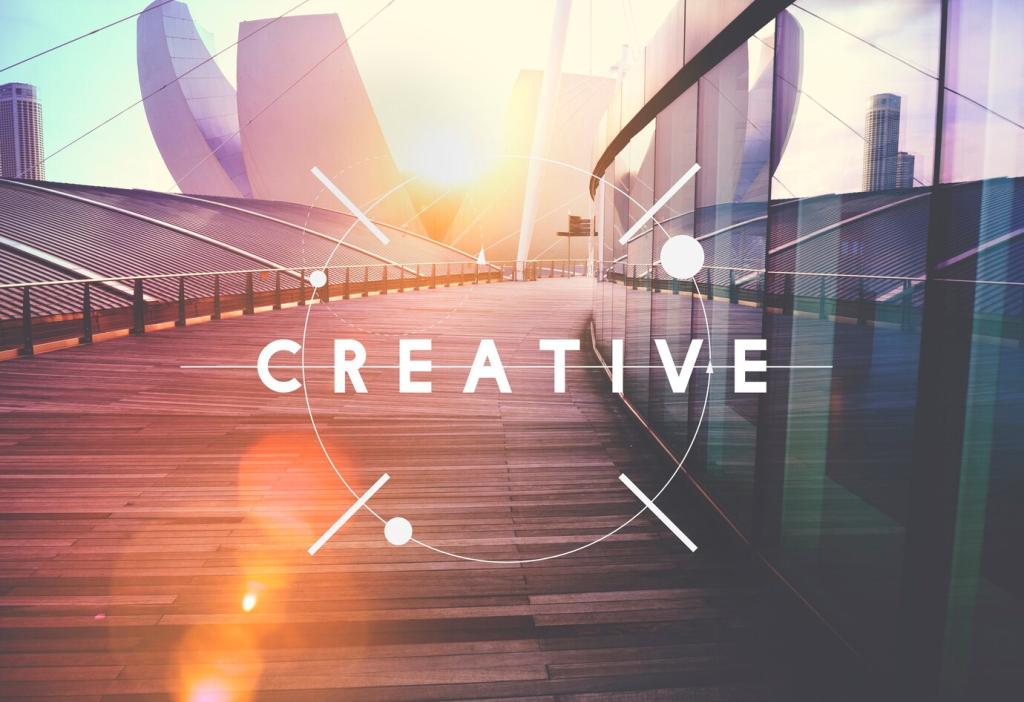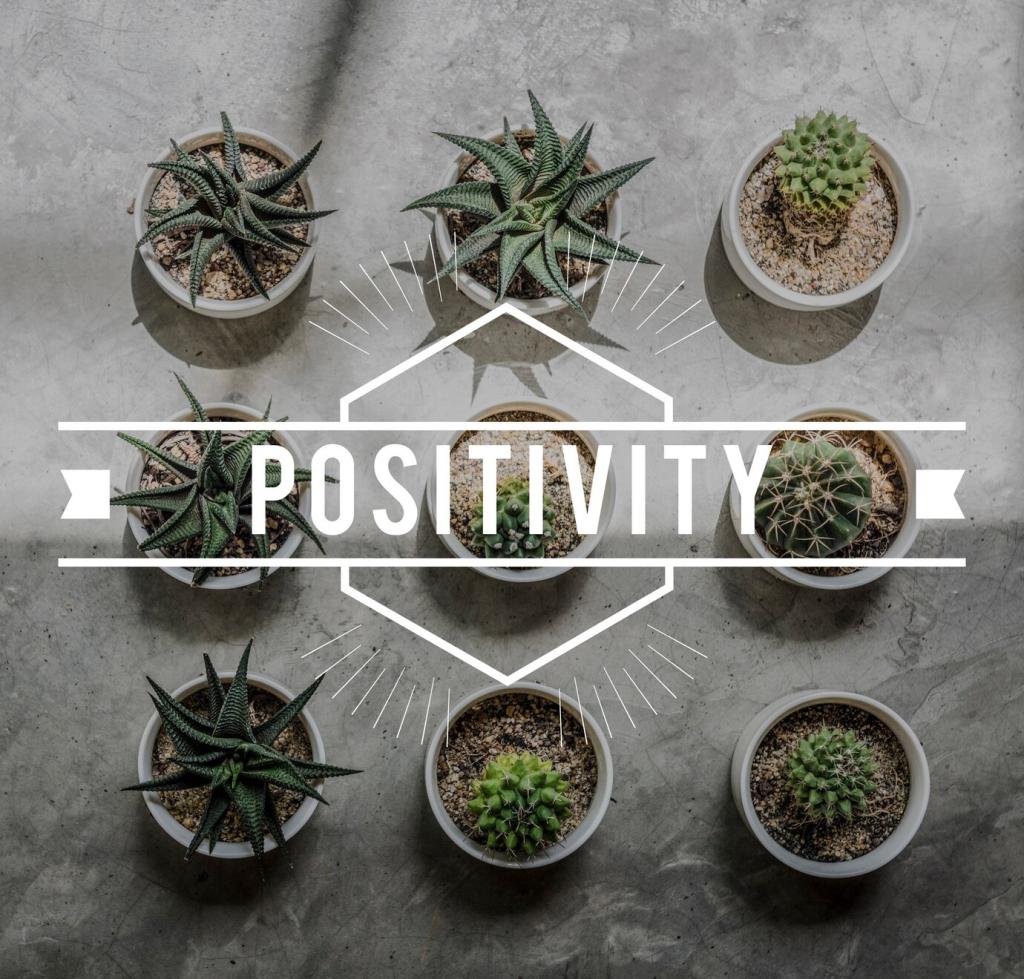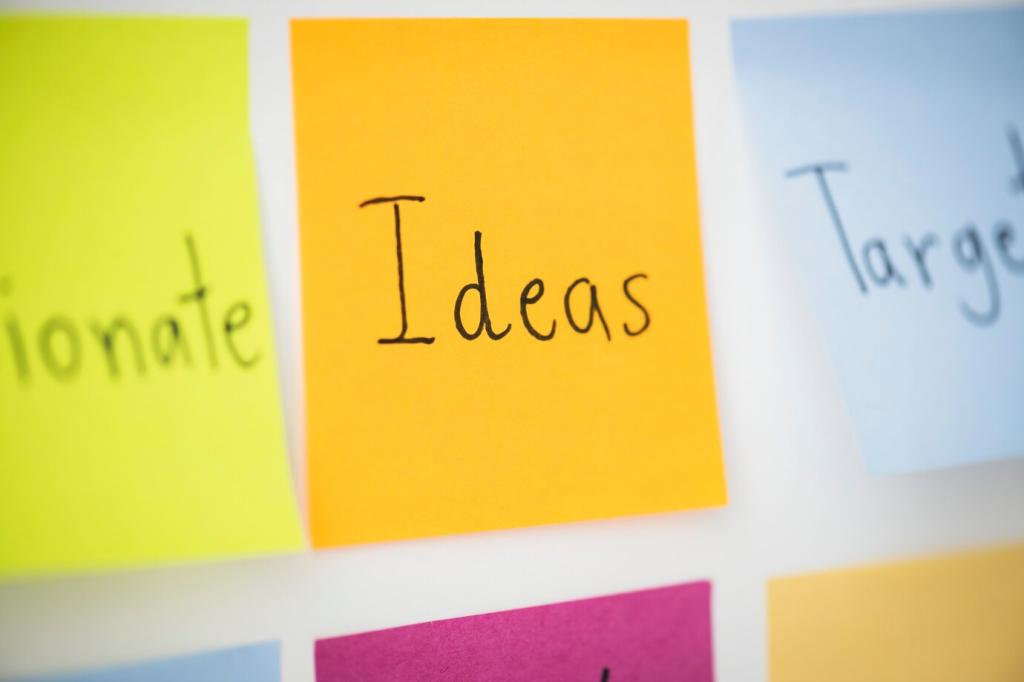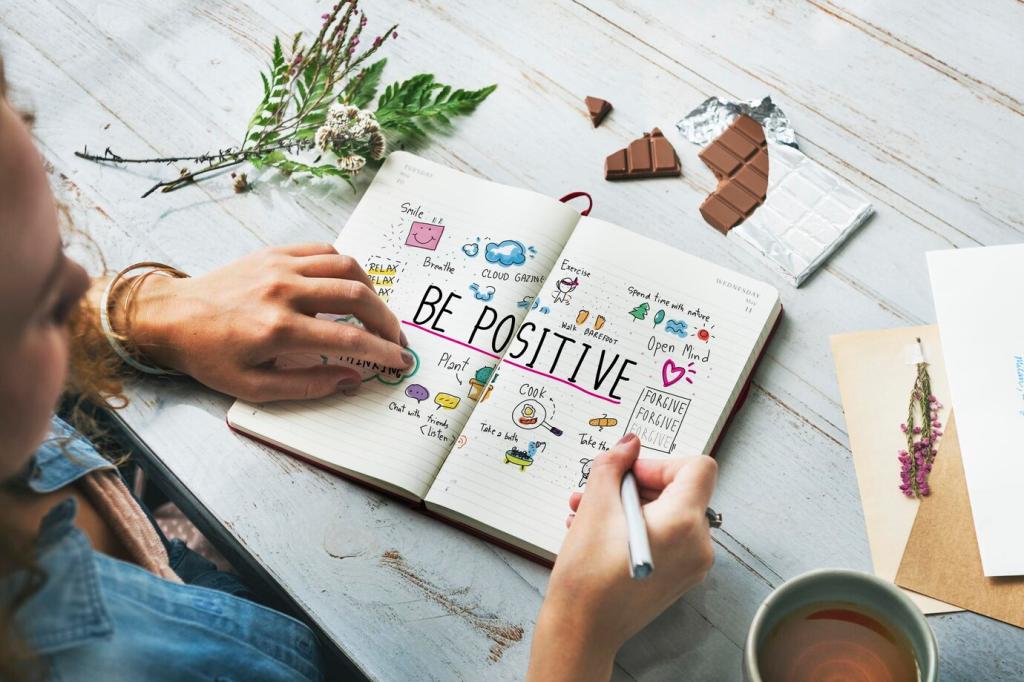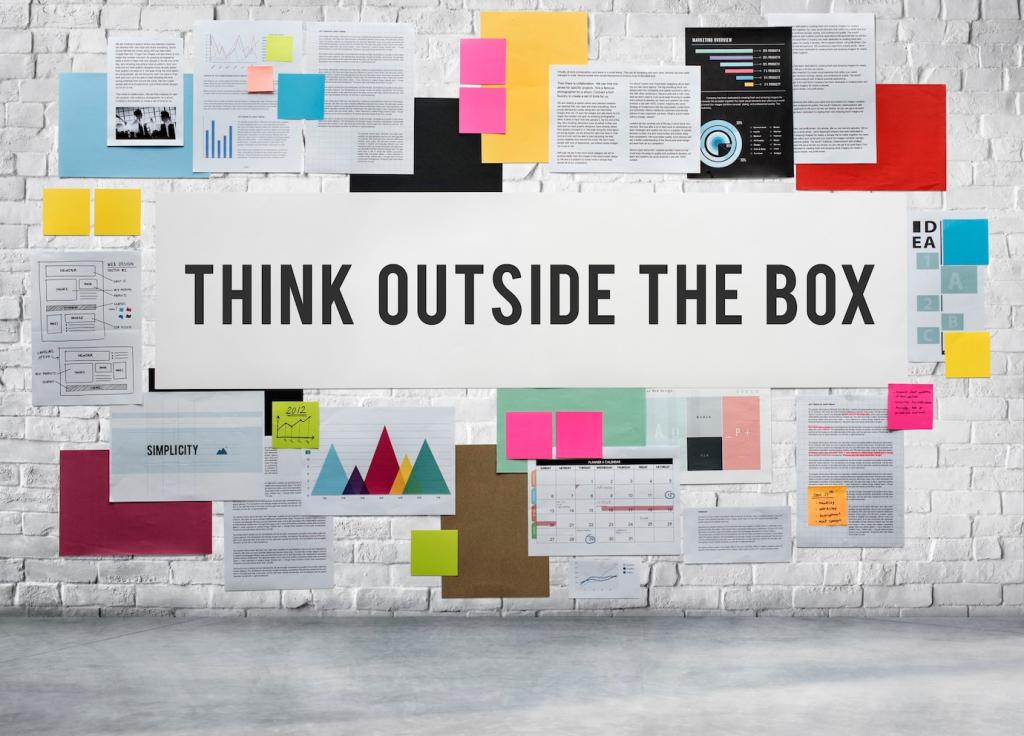Learning Paths for Tech-Forward Artists
Start with accessible tools: open-source image software, beginner-friendly coding notebooks, and low-cost microcontrollers. Document experiments, organize files, and track versions to preserve happy accidents and repeatable methods.
Learning Paths for Tech-Forward Artists
Pair with engineers, musicians, dancers, or scientists. Co-authored projects reveal blind spots and unlock hybrid forms. Host studio salons, share prototypes, and invite critique that probes concept and technical feasibility.

